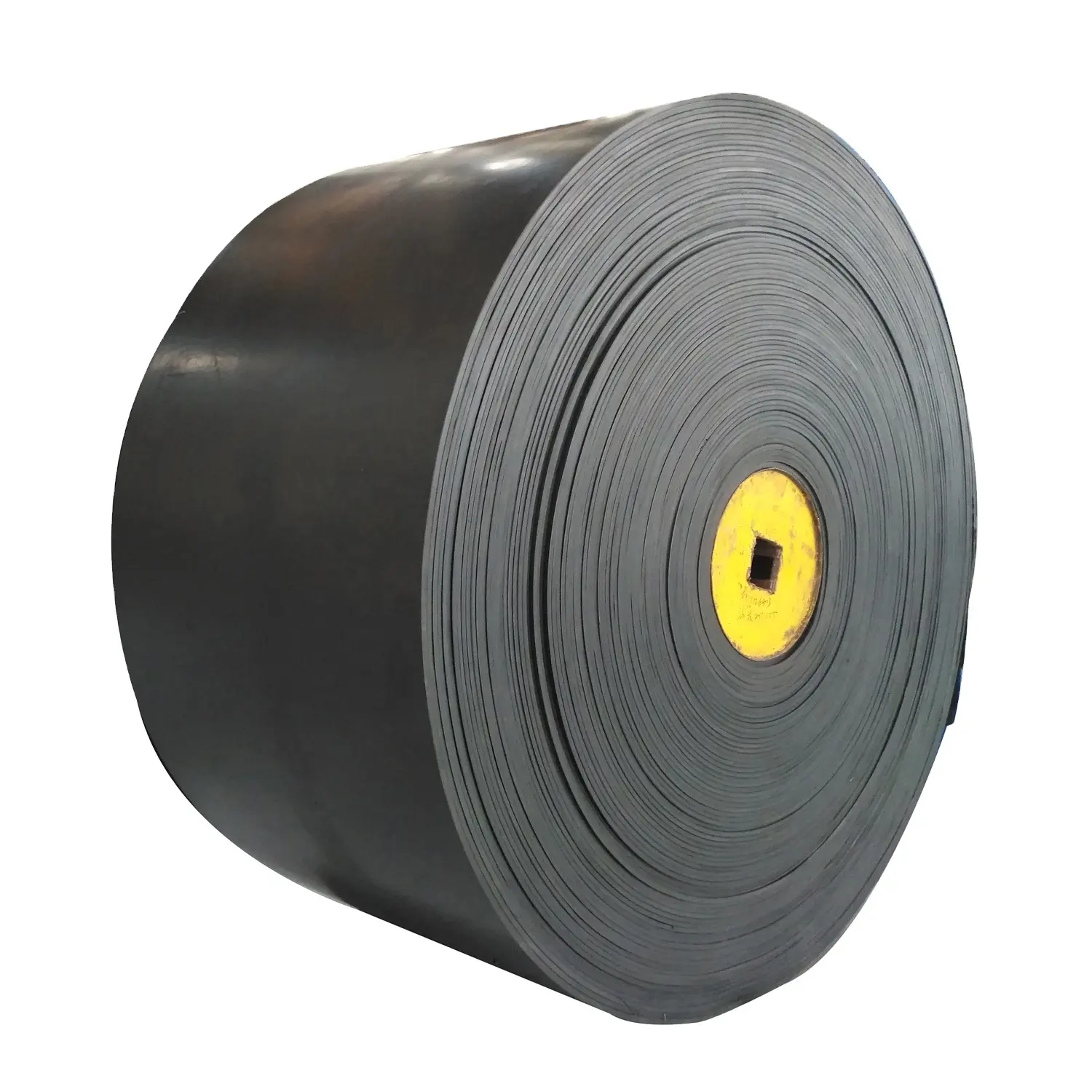Scientists across the globe are trying to figure out why the ocean is becoming more violent and what, if anything, can be done about it. Ocean currents, including the ocean conveyor belt, play a key role in determining how the ocean distributes heat energy throughout the planet, thereby regulating and stabilizing climate patterns.
5 – 12
Earth Science, Oceanography
Mass flows of water, or currents, are essential to understanding how heat energy moves between Earth’s water bodies, landmasses, and atmosphere. The ocean covers 71 percent of the planet and holds 97 percent of its water, making the ocean a key factor in the storage and transfer of heat energy across the globe. The movement of this heat through local and global ocean currents affects the regulation of local weather conditions and temperature extremes, stabilization of global climate patterns, cycling of gases, and delivery of nutrients and larva to marine ecosystems.
Ocean currents are located at the ocean surface and in deep water below 300 meters (984 feet). They can move water horizontally and vertically, which occurs on local and global scales. The ocean has an interconnected current, or circulation, system powered by wind, tides, Earth’s rotation (Coriolis effect), the sun (solar energy), and water density differences. The topography and shape of ocean basins and nearby landmasses also influence ocean currents. These forces and physical characteristics affect the size, shape, speed, and direction of ocean currents.
Surface ocean currents can occur on local and global scales and are typically wind-driven, resulting in horizontal and vertical water movement. Horizontal surface currents that are local and typically short term include rip currents, longshore currents, and tidal currents. In upwelling currents, vertical water movement and mixing brings cold, nutrient-rich water toward the surface while pushing warmer, less dense water downward, where it condenses and sinks. This creates a cycle of upwelling and downwelling. Prevailing winds, ocean-surface currents, and the associated mixing influence the physical, chemical, and biological characteristics of the ocean, as well as global climate.
Deep ocean currents are density-driven and differ from surface currents in scale, speed, and energy. Water density is affected by the temperature, salinity (saltiness), and depth of the water. The colder and saltier the ocean water, the denser it is. The greater the density differences between different layers in the water column, the greater the mixing and circulation. Density differences in ocean water contribute to a global-scale circulation system, also called the global conveyor belt.
The global conveyor belt includes both surface and deep ocean currents that circulate the globe in a 1,000-year cycle. The global conveyor belt’s circulation is the result of two simultaneous processes: warm surface currents carrying less dense water away from the Equator toward the poles, and cold deep ocean currents carrying denser water away from the poles toward the Equator. The ocean’s global circulation system plays a key role in distributing heat energy, regulating weather and climate, and cycling vital nutrients and gases.
Fast Fact
Fast Fact
Fast Fact
The audio, illustrations, photos, and videos are credited beneath the media asset, except for promotional images, which generally link to another page that contains the media credit. The Rights Holder for media is the person or group credited.
January 2, 2024
For information on user permissions, please read our Terms of Service. If you have questions about how to cite anything on our website in your project or classroom presentation, please contact your teacher. They will best know the preferred format. When you reach out to them, you will need the page title, URL, and the date you accessed the resource.
If a media asset is downloadable, a download button appears in the corner of the media viewer. If no button appears, you cannot download or save the media.
Text on this page is printable and can be used according to our Terms of Service.
Any interactives on this page can only be played while you are visiting our website. You cannot download interactives.
National Geographic Headquarters
1145 17th Street NW
Washington, DC 20036
National Geographic Society is a 501 (c)(3) organization. © 1996 – 2024 National Geographic Society. All rights reserved.



